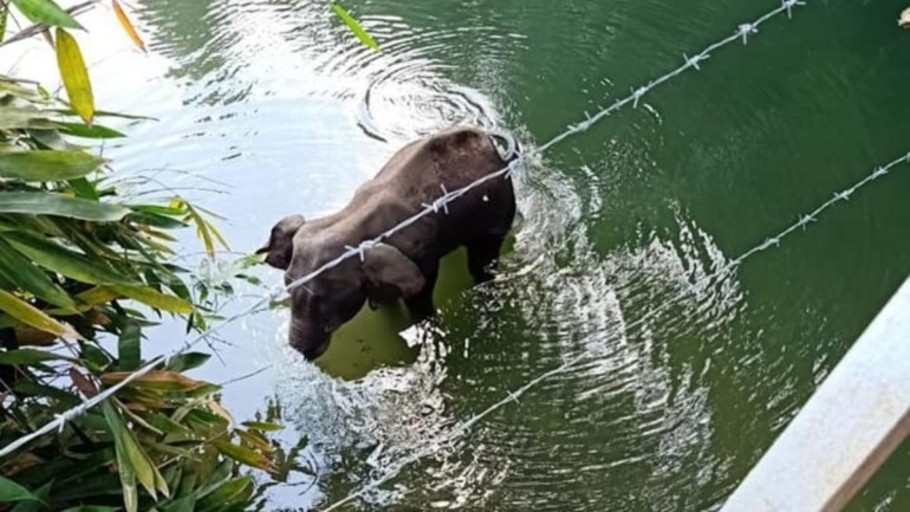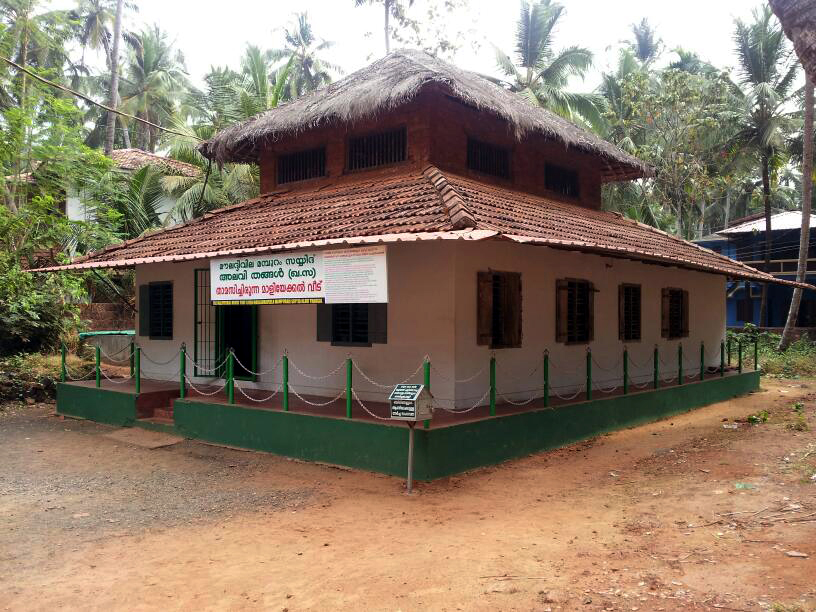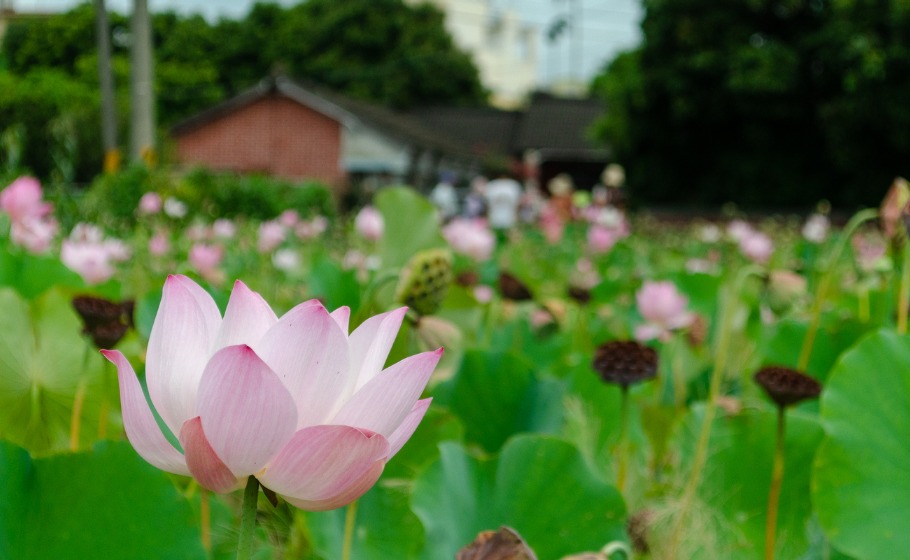
- Home
- India
- World
- Premium
- THE FEDERAL SPECIAL
- Analysis
- States
- Perspective
- Videos
- Sports
- Education
- Entertainment
- Elections
- Features
- Health
- Business
- Series
- In memoriam: Sheikh Mujibur Rahman
- Bishnoi's Men
- NEET TANGLE
- Economy Series
- Earth Day
- Kashmir’s Frozen Turbulence
- India@75
- The legend of Ramjanmabhoomi
- Liberalisation@30
- How to tame a dragon
- Celebrating biodiversity
- Farm Matters
- 50 days of solitude
- Bringing Migrants Home
- Budget 2020
- Jharkhand Votes
- The Federal Investigates
- The Federal Impact
- Vanishing Sand
- Gandhi @ 150
- Andhra Today
- Field report
- Operation Gulmarg
- Pandemic @1 Mn in India
- The Federal Year-End
- The Zero Year
- Science
- Brand studio
- Newsletter
- Elections 2024
- Events
- Home
- IndiaIndia
- World
- Analysis
- StatesStates
- PerspectivePerspective
- VideosVideos
- Sports
- Education
- Entertainment
- ElectionsElections
- Features
- Health
- BusinessBusiness
- Premium
- Loading...
Premium - Events

How hate-mongers turned a man-animal conflict into a Hindu-Muslim turf war
Malappuram, the only Muslim majority district in Kerala has often been referred as a ‘mini-Pakistan’. The reality, however, is far from these myths created outside Kerala.

In June 2017, India’s former foreign secretary Nirpuama Rao, a native of Malappuram in Kerala, tweeted not to spread hate against the district. This was in response to a tweet that went viral by a right wing Twitter handle @reachsom or Somnath saying that nobody can buy land in Malappuram except Muslims. Nirupama Rao tweeted in response; “That is an outright lie. I am from Malappuram, and...
In June 2017, India’s former foreign secretary Nirpuama Rao, a native of Malappuram in Kerala, tweeted not to spread hate against the district. This was in response to a tweet that went viral by a right wing Twitter handle @reachsom or Somnath saying that nobody can buy land in Malappuram except Muslims.
Nirupama Rao tweeted in response; “That is an outright lie. I am from Malappuram, and my family has owned land there for over a hundred years. You are spreading hate.”
Somnath’s allegation against Malappuram had appeared in a reply to Shashi Tharoor’s tweet on Kerala.
This is just one example of the countless number of false stories about Malappuram, the only Muslim majority district in Kerala (70.2% Muslims and 27.6% Hindus). Malappuram has often been referred as a ‘mini-Pakistan’. The reality, however, is far from these myths created outside the state.
Facts about the elephant death
The latest in this series is connected to the story of the tragic death of a pregnant elephant caused by eating a pineapple stuffed with fire-cracker. There has been a widespread campaign on social media that the elephant was killed by the Muslims of Malappuram, which is described as the “most violent district in India” by BJP leader and animal lover Maneka Gandhi in her tweet on June 3.

A number of similar tweets soon popped up giving shape to yet another hate campaign. But what are the facts? The elephant was found injured in Ambalappara, Kottoppadam Panchayat under Mannarkkadu forest division. This is in Palakkad district, not Malappuram. An FIR has been registered under the Wildlife Protection Act and investigation begun.
“This ongoing debate about the location where the incident happened is meaningless. We understand that this elephant was injured a week ago. It must have travelled kilometres and animals are not aware of district or state borders. This is basically an issue of human-animal conflict and not a Hindu-Muslim conflict,” says Ashiq Ali, the range officer in charge of the investigation.
The incident came to light through a Facebook post of another forest officer Mohan Krishnan, who said he was totally clueless about the origin of the idea of the elephant being killed by ‘belligerent Muslims of Malappuram’.
Article 51-A (g) of the Indian Constitution says that it shall be duty of every citizen of India to have compassion for living creatures. The pregnant elephant in pic was killed in human- wildlife conflict.Action has already been initiated. But where lies our duty? N humanity?? pic.twitter.com/V1ufNt3HfN
— Kerala Forest Department (@ForestKerala) June 3, 2020
“I think it all started with a story appearing in a newspaper that carried my post. They have written that this incident happened in Malappuram. I have no idea why they have done that,” Mohan Krishnan tells The Federal, adding that no reporter from the newspaper contacted him.
“It is very unfortunate to see such incidents being used to incite communal hatred by spreading fake news,” he says.
Forest officials do not assume that someone fed the elephant a firecracker-stuffed pineapple deliberately targeting this elephant. According to them, local farmers usually do this to scare wild animals, especially wild pigs, that destroy crops massively. However, it is illegal to use such explosives to protect crops and whoever does it would be dealt as per law and the amount of cruelty is no way undermined.
In fact, as per latest updates, the forest surgeon David Abraham who conducted the post mortem does not even confirm whether the elephant had eaten pineapple.
A history of harmony
Now, the elephant is buried and a hate campaign is born. It has been even interpreted that the elephant was targeted for it being an animal used in Hindu rituals.
Malappuram district has a long history of being hit by such misrepresentations as against a sound history of communal harmony and pluralistic traditions. Ever since the formation of the district in 1969, there has been no single incident of communal riot.
Hindus and Muslims have been living together in close proximity, even involving in each other’s worship practices. Iftars organised in temples and Hindu festivals hosted in land given by mosques are not mere token expressions of the communal harmony in Malappuram. These are all part of the daily life of the people of this district.
Mohammad Iqbal, a resident of Tanur in Malappuram, is a commercial artist who has been making floats and paintings for the Srikrishna Jayanti rally for 34 years. “I have completed almost all the incidents in the life of Krishna. Every year, I try to make something new,” Iqbal says.
Iqbal’s floats and paintings based on Bhagavat Gita give colour to the Srikrishna Jayanti rallies in Tanur. He doesn’t have a Twitter account and is not aware of the hate campaigns on social media. He is waiting for the temples to reopen to resume work.
“Hindu processions starting from mosques and Muslim houses might be a piece of news in other parts of India, but not in Malappuram,” says Thoppil Shajahan, a former local journalist who runs a jersey shop in Malappuram.
For about 60 years, the chief priest of Sri Kurumba Temple in Tanur has been appointed by the eldest member of Pazhayakath family, a traditional Muslim family in the region.
“I was appointed as the priest of the temple in 2008. I took it over from my father. I am blessed and entrusted to this position by Mohammad Kutty Haji alias Bappu Haji of Pazhayakath family. My father was blessed by Bappu Haji’s father,” Rajeev, the priest and oracle of Srikurumba Temple tells The Federal.
The shrine of Sayyid Alavi Thangal, dedicated to the 18th century Yemeni Islamic scholar Sayyid Alavi Mouladaveel AlHussainy Thangal, at Mampuram in Malappuram is also visited by people of all religion. The procession and festival of Kaliyattakkavu temple begins with the blessings from the tomb of Mampuram Thangal every year.

British twist
“There are many fake stories about Malappuram spreading outside Kerala regarding non-existent Hindu-Muslim divide,” says KT Jaleel, Kerala minister for higher education and MLA from Thavanoor Assembly Constituency.
Jaleel places this communal campaign in a historical context. “It has its roots in the British rule. The Britishers had always been eager to paint the 1921 Malabar rebellion only as a communal riot which was in fact an uprising of peasants against feudal landlords.”
The minister who holds a doctoral degree for his research on the Malabar rebellion of 1921 says that this colonial narrative has been taken over by Hindutva organisations like the RSS. “No one can find traces of communal riot in Malappuram ever since independence,” he asserts.
Hindu leaders in the nationalist movement, like KB Hedgewar, too had seen the Malabar mutiny as a Muslim aggression towards Hindus, points out Dr Roopesh OB, a PhD scholar from IIT Mumbai. “After the RSS was formed, this became an integral part of the popular imagination, of the Muslims-against-Hindus narrative, both at the national level and in Kerala as well.”
“The Hindutva forces in Kerala have always resorted to painting Muslims in this way whenever an opportunity arose. Not only the RSS, but many Congress leaders, including former party leader K Kelappan, had taken part in the protest against the formation of Malappuram district. This is how anti-Muslim politics emerged surrounding a district dominated by Muslim population,” he says.
Misrepresentation in cinema
Malayalam commercial cinema too has made its own contribution in strengthening such narratives. The dialogue by a Mohanlal character in a commercial hit Aaram Thampuran (The Sixth Lord) that “Bombs are available in plenty in Malappuram” and a reference by the bed-ridden father of the heroine in another commercial hit Vinoda Yathra that he was stabbed in a riot in Malappuram are some examples.
Mustafa, who cultivates lotus on 40 acres of land in Thirunavaya in Malappuram, has been supplying most of his produce to major temples in Kerala, like Guruvayoor Srikrishna temple, for the last 30 years.
“My father used to do this. I followed him,” he tells The Federal. So far, Mustafa does not have any memory of a single incident of communal violence. “Here, in our place, there is no divide between Hindus and Muslims. I supply lotus to shops too, but I prefer to sell it to temples as the flowers are used for a divine purpose,” he says. There are 30-odd lotus farmers in Thirunavaya, and majority of them are Muslims.

The passion for football is another factor that unites people here, says Thoppil Shajahan. Soccer-crazy fan clubs hosting big screen shows during World Cups and club football seasons are a common sight across the district. The giant hoardings of favourite teams can be seen in every corner during a season.
Shajahan says this love for football has nothing to do with religion. “I make jerseys of all players, especially players like Lionel Messi, Neymar Jr and Ronaldo are the most sought after.”
Last year, he tried to sell jerseys of Egyptian footballer Mohamed Salah who plays for the Liverpool club, but “it was poorly sold”, says Shajahan, adding that the Muslim name does not attract people.
Population myth
Another myth about Malappuram is that it is on the threshold of a population explosion which poses threat to minority Hindus.
Dr Irudayarajan, professor at The Centre for Development Studies, Thiruvananthapuram, and an expert in population studies, doesn’t buy this myth. “Connecting population growth with religion is a wrong perception,” he tells The Federal. “In my 30 years of experience, I have observed that the fertility rate in this district is showing a declining trend.”
“Food in Malappuram is a metaphor as well as a cultural weapon of mass attraction. When regularly defamed by Hindutwa zealots, people in Malappuram poignantly wish that their detractors will change their views if they come and share a meal. In the Mappila folk consciousness, being communal is a cardinal sin. And you cannot disagree if you have been to Malappuram,” says Shajahan Madampat, a columnist and an author who works with the Government of UAE as media advisor and is a native of Malappuram.
“It is of course not a place frozen in time but even in times as vicious as ours, Malappuram is a unique island of inter-religious harmony of a premodern kind where the basic instinct to build bridges still prevails over the currently dominant mood for self-isolation. The people of Malappuram are genetically hard-wired against irrational hatred. They never hid firecrackers in their biryani, so to speak,” says Shajahan.
